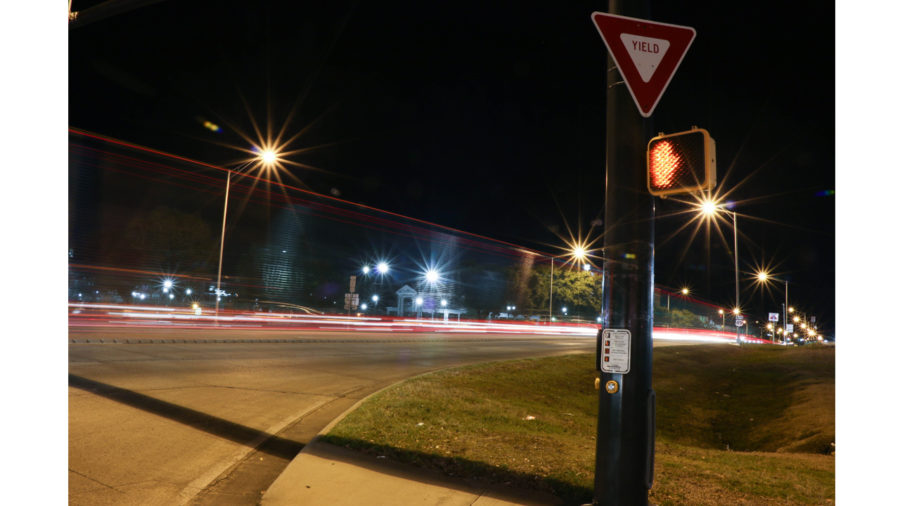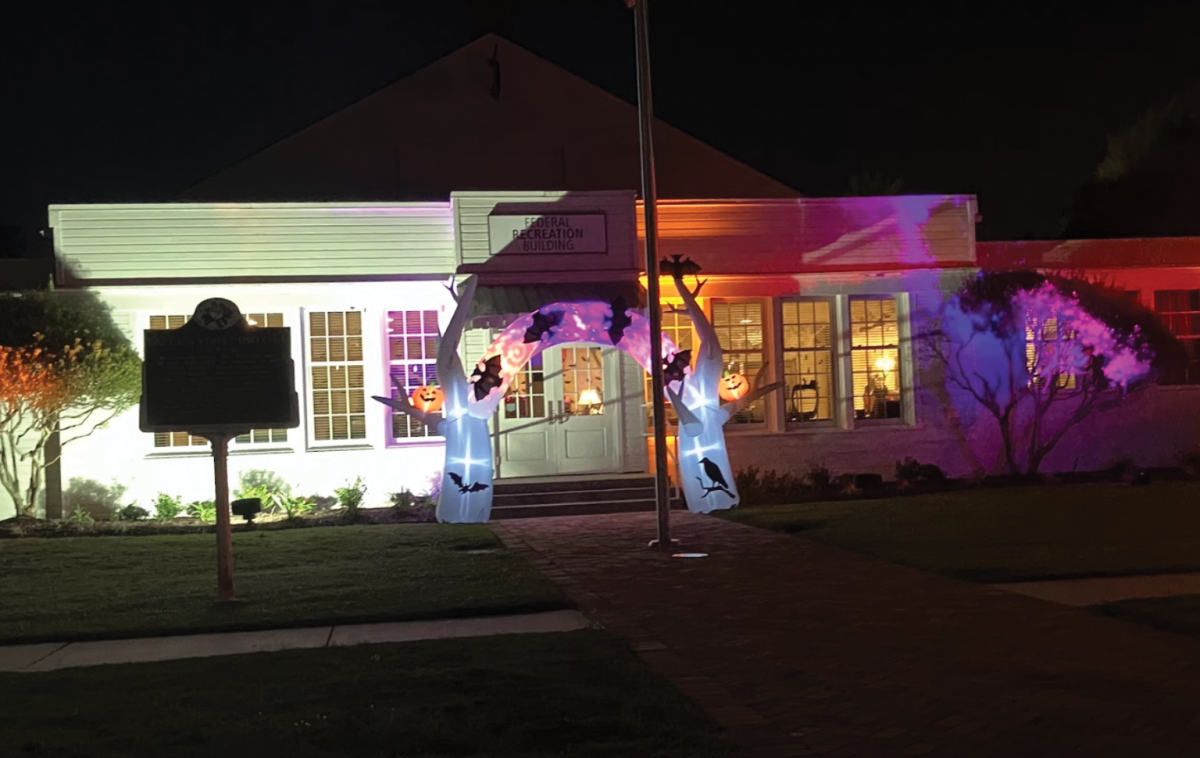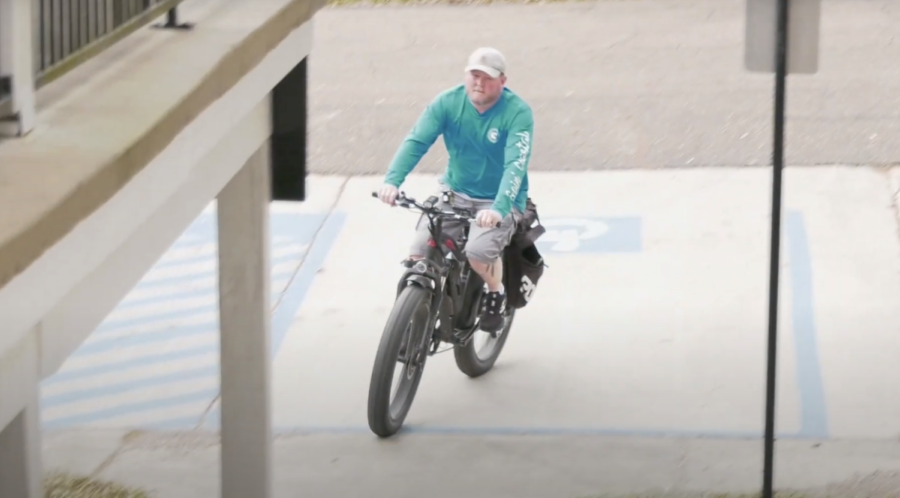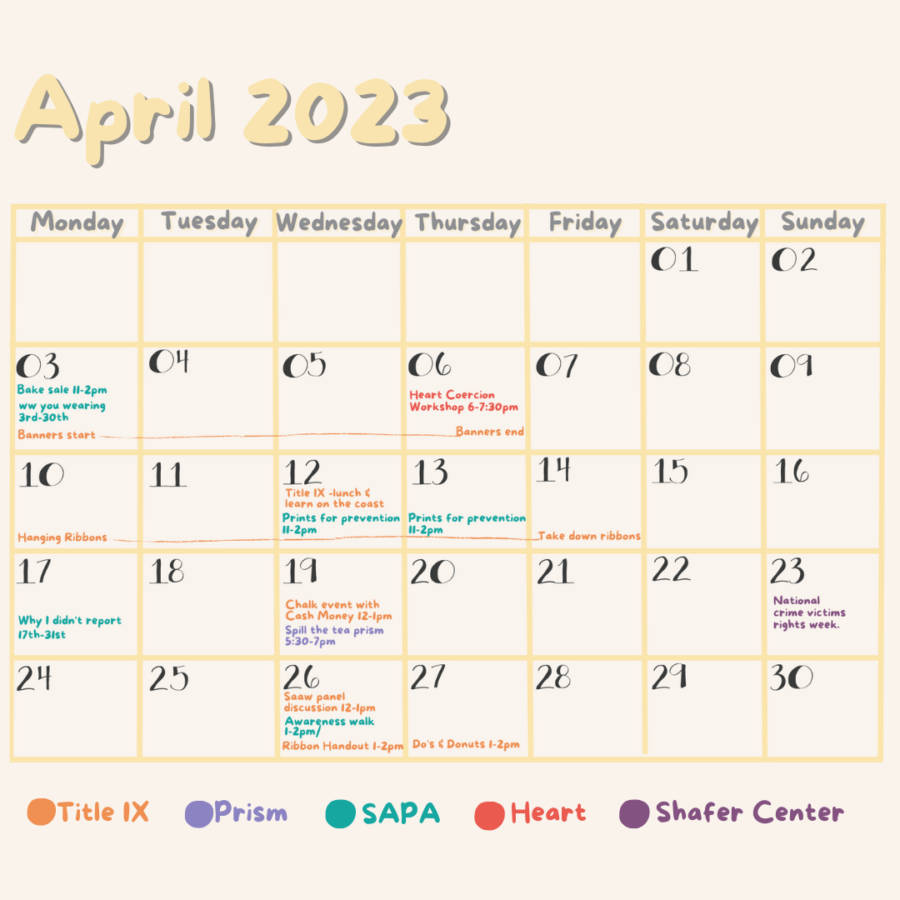A man briskly walks down the sidewalk and glances at his phone to check the time. Traffic surges in front of him, and he joins the throng of people waiting at the crosswalk. He pauses, then presses the button under the crosswalk signal. He feels the click under his fingers, audibly hears a beep and assumes it is letting him know his request to cross has been logged. In fact, every single person waiting there has followed the exact same ritual, but the light remains unchanged.
For those who use crosswalks, this habitual behavior is extremely common. Some press the button over and over again under the impression that if it they push it enough, something will happen. Some press it for a long period. For most crosswalks, the technique used does not matter, and the light will change when it is scheduled. The button means nothing. This phenomenon happens all over the world at crosswalks, on trains and even in elevators. Several buttons are simply placebo and exist only to satisfy those that press them.
For some, this is not shocking. It is not some great revelation of conspiracy or even a surprise. For others, it might be an astounding discovery.
“I believe it,” said Shelby Burton, senior social work major. “It makes you feel like you’ve got some control over how long you stand there and wait.”
Burton said that it is all about giving some illusion of control over one’s situation.
“If you wait for 10 minutes and nothing happens, it seems like it goes on forever,” she said. “If you press the button, you’ll still wait 10 minutes, but you feel better about waiting.”
Alex Stone of The New York Times investigated the psychology behind this illusion of control and concluded that it was as much about control as it was preoccupation.
When a Houston airport dealt with complaints of wait times, it moved the arrival gates farther from the baggage claim, and the number of complaints plummeted. The same technique is applied in the grocery store where there are various tempting candies, gums and magazines to distract shoppers while they wait in line. The end result is all the same: occupied time will end up feeling shorter than unoccupied time.
Senior psychology major Timothy LaGrone takes an opposite approach.
“I press it every time,” LaGrone said. “It may not work, but it feels like it works when the walk signal appears. Even though I’m aware of the effects, I continue to press it. Just because it might be placebo doesn’t make it feel any less real.”
In an investigation of New York, The New York Times found that almost all of the pedestrian signals in the city were deactivated despite their continued existence. The Times learned from the New York Department of Transportation that when computer controlled traffic systems came about, most of the pedestrian signals became obsolete. There was no more reason to allow pedestrians to actually control the lights.
However, it is worth noting that while some are non-functional, lower-traffic areas often still have functional signals.
According to W. L. Sanders, head of the Hattiesburg Public Works Department traffic division, all pedestrian signals in Hattiesburg are still functional.
“We can monitor all the pedestrian signals electronically, and we check them all each day,” Sanders said.
Some crosswalks signals are more advanced, like that at the intersection of Hardy Street and 3lst Avenue, which couples audible cues to the crossing signal for people with visual disabilities.
“That pedestrian signal was specifically requested,” Sanders said. “More could be added across the city if they were needed.”
Despite Sanders’ claim that pedestrian buttons are all functional, the east and westbound crosswalk buttons at the intersection of Hardy Street and Highway 49 are non-functional, following the same pattern regardless of whichever button was pressed. For example, on January 27 during a 30 minute period starting at 7:30 p.m., it consistently took about 1 minute and 22 seconds after north and southbound traffic ended before the walk signal automatically turned to indicate safe passage for east and westbound pedestrian traffic.
Though signal durations may change with traffic patterns, the walk signal consistently and automatically turns, regardless of pedestrian traffic.
“It doesn’t matter if you push it or not,” said Roland Hutto, a Southern Miss alumnus. “It’s not going to change off schedule.”
While the signal someone presses may light up and make noise, without confirmation, the Hattiesburg resident usually has no way of knowing if it is actually working or not. While some signals in Hattiesburg are functional, there is really not a way to know for sure about any given signal. Whatever they may be connected to, however, produce a very real effect on the brains of those who press them.




































